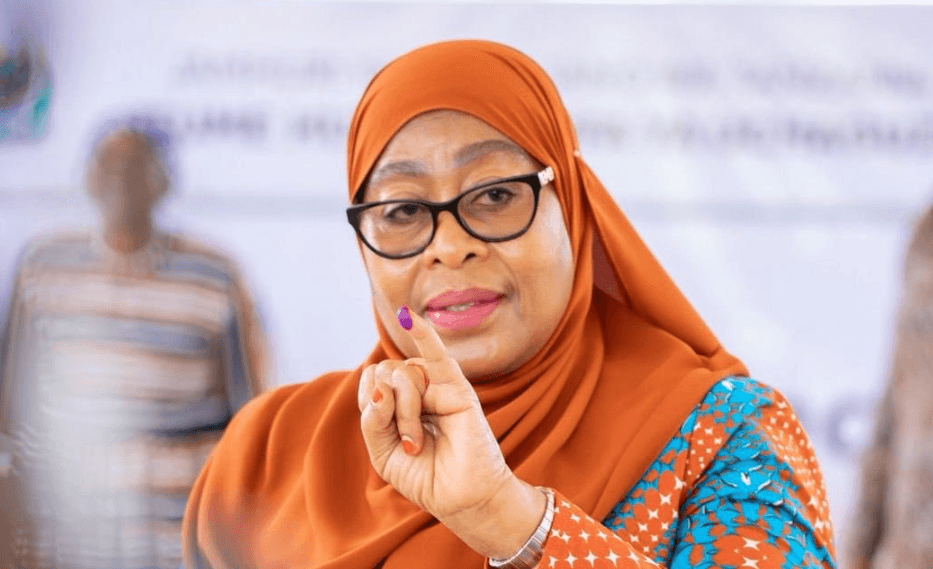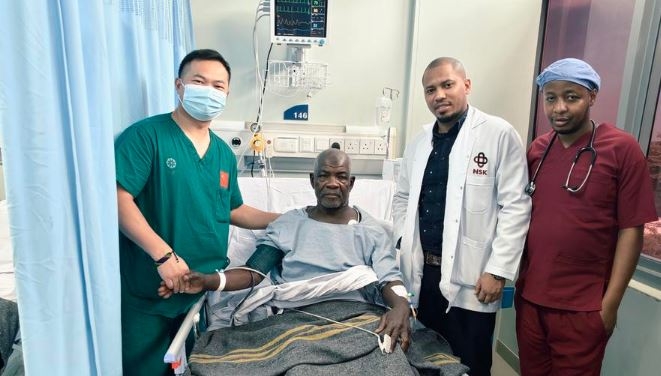Did you know that the grade one sifted maize flour from the supermarket you boast of is a lot unhealthier than the local posho mill-ground maize flour (arega)?
Well, doctors say eating refined maize flour and other refined foods can lead to cardiovascular diseases.
Cardiovascular healthcare workers on Wednesday warned that non-communicable and cardiovascular diseases are on the rise and will continue to do so due to poor lifestyles which increase risk factors in Kenya.
The Kenya Cardiac Society said there is more morbidity and more mortality from cardiovascular diseases (CVDs).
The risk factors, which are mainly related to lifestyles, include obesity, hypertension, diabetes, smoking and secondhand smoke exposure, high low-density lipoprotein (LDL), cholesterol, unhealthy diet, and physical inactivity.
This comes as health facilities also struggle to give sufficient care for patients with these diseases because of inadequate funds and poor equipment.
Pan African Society of Cardiologists president Professor Elijah Ogola said most deaths due to CVDs occur in low and middle-income countries.
He said there is a misconception that non-communicable and cardiovascular diseases are diseases of the affluent.
“This is actually not true,” the professor said.
He said 14 per cent of all mortality in Kenya is due to CVD, which is also part of the non-communicable diseases, which contribute to almost half of the deaths in Kenya.
He said due to poor resources in Kenya, there are poor diagnostic services which lead to unrecognized congenital heart diseases which are present in adulthood.
He said across Africa, the health expenditure per capita varies from as low as $8 (about Sh1,138) per person per year to $129 (about Sh18,356) per person per year in South Africa.
That is compared to an average of about $4,000 (about Sh569,196) for high-income countries.
“The total global health expenditure in Africa is about one per cent, and we are about 15 per cent of the world population,” Prof Ogola said.
Also, the insufficient number of cardiovascular doctors in the country makes it difficult to manage the situation and only puts pressure on the few who are available.
There are only about 100 cardiovascular doctors for the about 50 million people in the country which roughly translates to one doctor for 500,000 people.
The remedy? Change your lifestyle, eat healthy and do more exercise.
KCS president Bernard Samia on Wednesday said their main target is preventive care, which he said is cheaper.
“Data shows that there is an exponential increase in cardiovascular diseases in the country both in terms of morbidity (disease burden) and mortality (deaths),” the consultant cardiologist noted.
He spoke during the 40th annual scientific congress that brought together cardiologists, cardiac surgeons, cardiac anesthesiologists, cardiac nurses, cardiac technicians, and industry players dealing with pharmaceuticals and technology.
Samia said, however, these diseases can be prevented simply by implementing certain lifestyle measures at a minimal cost.
“Prevention is really the key message,” said Samia.
The KCS president encouraged various players in the cardiovascular field to put brave the challenges and their efforts together and reduce the burden of CVD.
“This is why in such congresses we discuss how to optimize the use of the scarce resources that we have,” Samia said.
He noted that the Health Ministry needs to appropriately channel the scarce resources available for cardiovascular care to have optimal output.
Lois Wagana, a physician cardiologist and executive committee member of the KCS, said Kenyans are increasingly becoming sedentary.
“We don’t walk as much and we don’t exercise as much. We are using vehicular transport, a lot of motorbikes where we would ordinarily have walked, which is reducing physical exercise for most of us,” Wagana said.
Kenyans’ diet has also changed, with more oily and more refined foods now consumed.
“We are also taking a lot of sugar. Those particular things increase the likelihood of developing cardiovascular disease, hypertension, diabetes and obesity,” Wagana said.
She called on Kenyans to eat more fruits and vegetables and less red meat.
“We can eat nyama choma but let it not contribute to a big part of our diet. Eat more legumes and nuts,” Wagan said.
She called on the government to zero-rate some of the equipment used in treating cardiovascular diseases like pacemakers, stents, and heart valves, among others, which are very expensive in Kenya, mostly due to taxes.
One pacemaker goes for between Sh160,000 and Sh180,000 whereas in other countries in the Middle East or in Egypt, they are 40 per cent cheaper.
“If somebody’s heart rhythm is not reliable, we need to implant something we call a pacemaker. Those pacemakers have got taxation in Kenya which makes them 40 per cent more expensive than in the other countries,” Wagana said.
Acting head of the non-communicable diseases department in the Health Ministry Gladwell Gathecha said the government is trying as much as possible to get services to the people through the community health promoters.
These are kited with equipment that can help screen people, so as to get more people to be screened.
She said very few Kenyans go for screening.
She said private health facilities in Kenya form about 45 per cent of the total health facilities in the country.
Medical Services deputy director general of the Health Ministry Zainab Gura said one out of every four hospital admissions in the country is a cardiovascular patient meaning 25 per cent of all hospital admissions are CVD patients.
She said the government is training 100,000 community health promoters to help provide services in the wake of a lack of cardiac caregivers in the country.
Wagana said the gender balance in the industry is also a challenge, with women making only about 15 per cent of the about 100 cardiologists in the country.
She attributed this to the long and rigorous training for cardiovascular healthcare workers, which can take up to 13 years.
“It can take about 13 years to train a cardiologist because there is the six years of medical school, a year on internship, three years of residency and then three years of fellowship,” said Wagana.
Cardiovascular healthcare workers also require many support staff including nurses trained in cardiac intervention, clinical officers, and people trained in cardiac imaging, among others.
“For every single cardiologist that we have, they require about five to 10 paramedical personnel to enable that wholesome delivery of that healthcare,” Wagana noted.
Samia said the devolving of health services has been a big disfavour to them.
He said county governments are not putting enough effort to improve healthcare.
“They tend to concentrate a lot on the primary aspects, which is okay, but the tertiary level of care is more expensive and the county governments are not investing a lot there,” the KCS president said.
He proposed pooling of resources by county governments to set up centres of excellence for cardiovascular care.
“We don’t need every county to set up a tertiary centre of cardiovascular care. We can have like 10-15 counties use one centre. The question is, which county will put up that centre to support other counties when each county has got its own budget?” posed Samia.
“This is a function that the national government should be able to identify and allocate a certain county and tell them, we will support you to put up that centre but you will support X number of counties,” Samia proposed.












